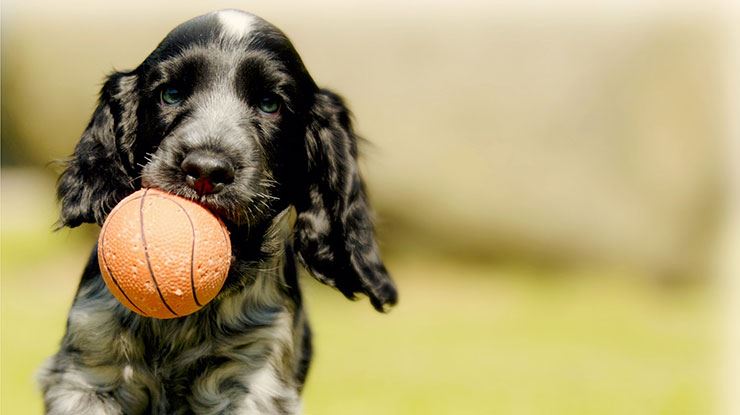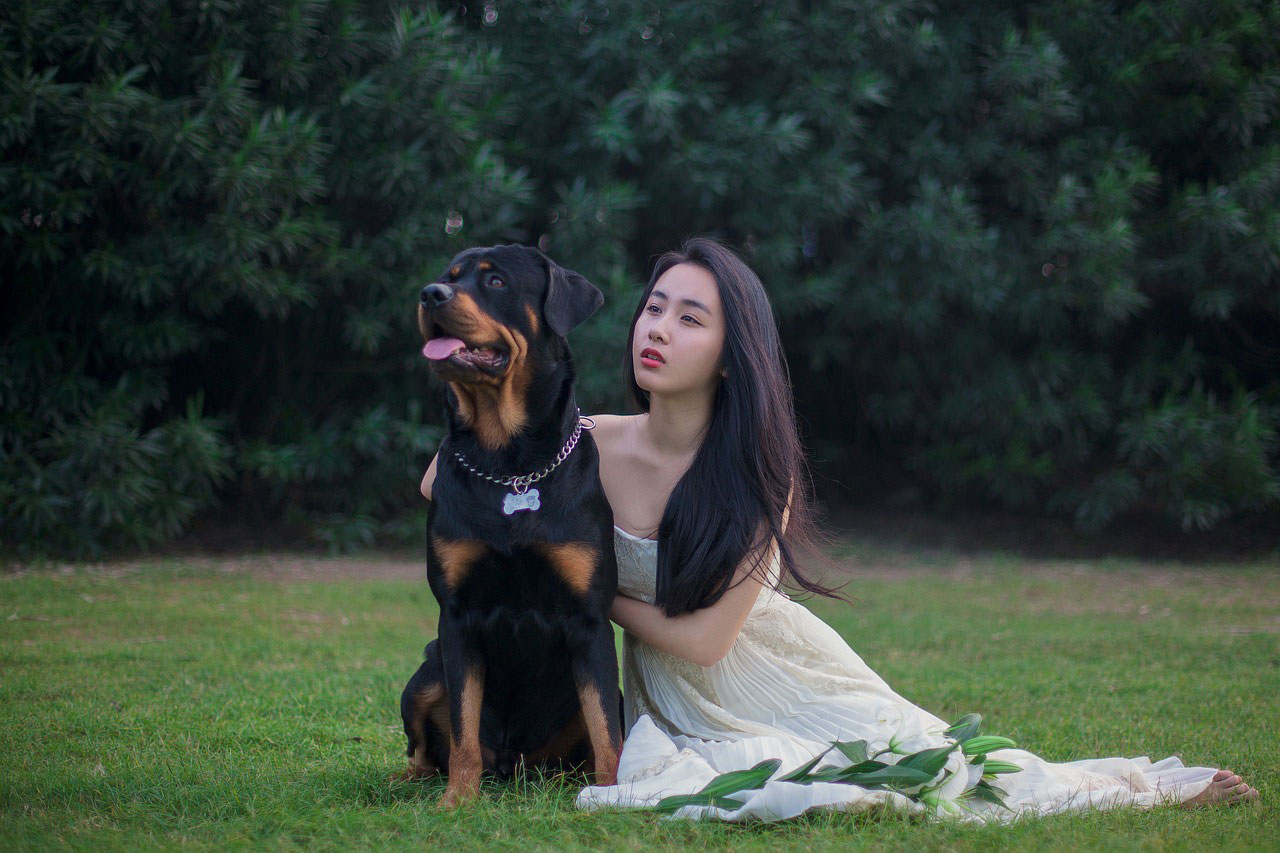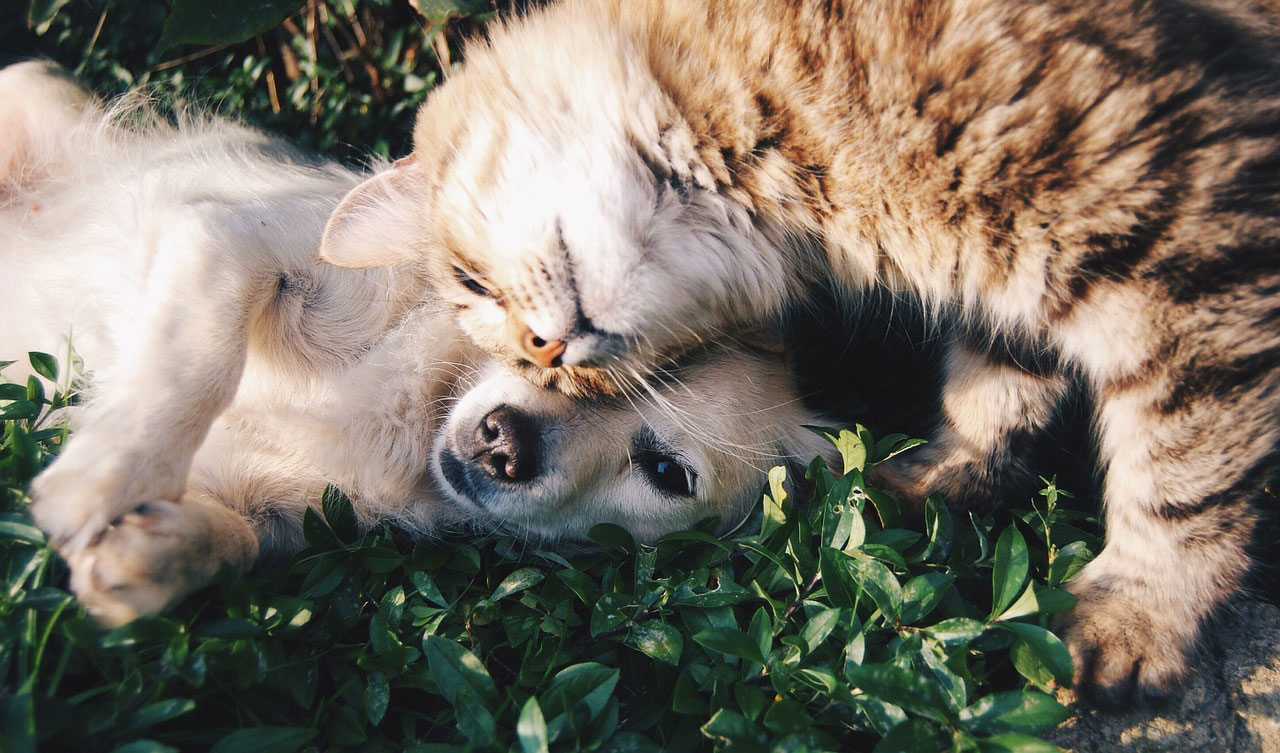
How to Take Great Pictures of Your Dog without a Professional
Your dog is a bona fide member of the family, which means he has a definite place in your photo collection. If you have a special event coming up, like a wedding, you’ll want to freeze a moment in time. With a few easy-to-follow techniques, you can take excellent, quality images on your own without hiring a photographer. Once you know how to capture and edit expert-level photos of your pup, you’ll be ready to print, frame and display them at home. These photos will also look great on a themed Instagram feed.
7 Tips for Taking Frame-Worthy Photos of Your Dog
Dogs can make difficult photo subjects. They’re constantly in motion, and they don’t grasp the concept of sitting still for the camera. Still, there are plenty of ways to capture that perfect photo of your dog to display at home.

- Look for a simple background, like the sand at the beach or trees at a park. The simpler the background, the more your dog will stand out in the photo. If you can’t help but have a lot going on in the background, see if your camera has a depth of field adjustment, which will let you blur the background to put more focus on your dog. Also, choose a background that’s a different color from your dog. For example, if your dog has black fur, you don’t want a dark background.
- Think about timing. Want to freeze frame your dog as he’s running? Photograph him when he’s at his most energetic, like during his first walk of the day. Want a photo with him calm and relaxed? Take a portrait after you take him for a run.
- Consider bringing a friend to help you get great shots. For example, your friend could use a squeaky toy to get your dog to look a certain way. Just make sure that the friend and the toy aren’t going to be too distracting. You want your dog alert, not overly hyper.
- Dogs are unpredictable, so let your photos follow suit. Don’t worry if you catch your dog running and it’s blurry or if part of his body is out of the frame. Sometimes these shots are the most authentic.
- The best lighting is natural light, especially during the golden hour, which is the hour or so around sunrise and sunset. If you’re photographing inside, you should still try to avoid a flash—open the shades to get more light in the room.
- Get down low. It’s hard to get a great photo of your dog from above. Bring yourself to eye level or even get below your dog and shoot upwards.
- Take a lot of photos; the more you have to choose from, the more likely it is that you’ll snap a keeper. If you’re using a smartphone, you may be able to shoot several images one after the other so you don’t miss a beat.

Inviting Your Pup to Your Wedding
Modern couples are inviting one extra special guest to their wedding: their dog. Be forewarned, though: while this can seem like an adorable way to celebrate your big day, it could quickly become troublesome. Some guests may be afraid of or allergic to dogs. Also, if the area outside is muddy, your dog could track mud through the venue and even on your wedding clothes, and it may be difficult to keep track of a dog for six or more hours.
Instead, consider having your dog in your wedding portraits only and then sending him home (or to the hotel) with a pal to hang out where he’s most comfortable. Or, make it even easier on yourself and include your dog in your engagement photos, save the date, and thank you cards, then keep your wedding day just for human guests.
Editing Your Photos
If you’re taking photos on your smartphone, there are plenty of apps that you can use for editing in addition to the phone’s native editor. However, for truly professional-grade photos, consider getting comfortable with Photoshop. By taking a Photoshop class, you can learn everything from the basics to more advanced techniques.
A golden rule of photography is to get the best shot while shooting so that you can limit how much you edit later. However, if you have to take the image fast—like if you suspect your dog is going to move any second—err on the side of slightly underexposing the image. When you go to edit, it’s easier to work with an underexposed image than an overexposed one.

Display Your Images at Home
You didn’t go through all of that trouble photographing your rowdy, playful pup just to keep those images on your computer or buried in a drawer. Make sure to display them! Here are a few tips:
- If you have several images to put up, use metallic paper clips (the big ones with the flat tops) upside down and use them as photo holders.
- Get a display box that doubles as storage for your photos. Swap out the displayed photo when you’re ready for a new view of your best friend.
- Create a photo grid on your wall that’s reminiscent of your Instagram profile. Print the images out as squares and create a collage of five across and five down.
Before you know it, you’ll have more pictures of your dog than you know what to do with! Keep taking them, though. You could regret having too few memories, but you’ll never regret having too many.










